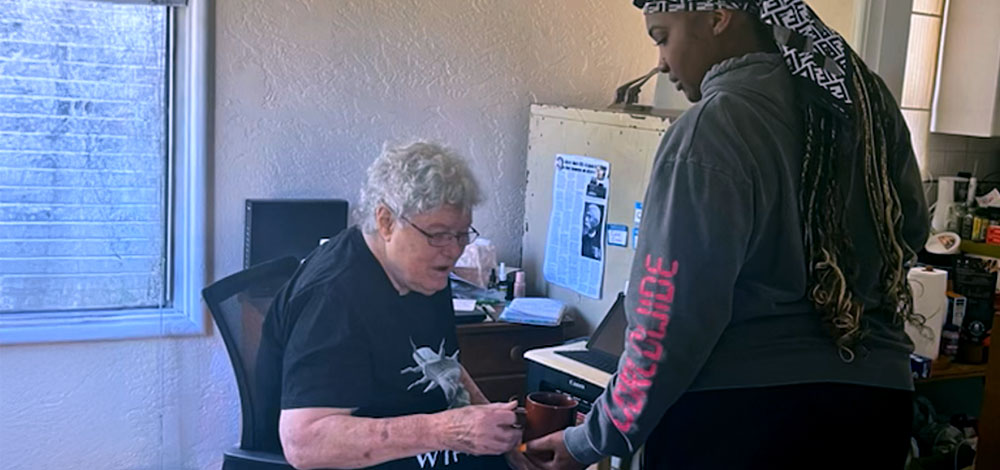View the Report
Jump to All Downloads & LinksKey takeaways
- While CalAIM’s Nursing Facility Transition / Diversion to Assisted Living Facilities Community Support has significant potential to improve care for Medi-Cal members, implementation has been limited, with only 765 people served statewide between July 2023 and June 2024.
- Community care hubs are emerging as effective intermediaries, helping managed care plans and assisted living facilities overcome administrative barriers by managing contracting, coordinating transitions, and ensuring quality oversight.
- Success factors for the hub model include fostering strong partnerships, maintaining a member-centered approach, and reaching sufficient service volume to create sustainable programs that can meet growing demand for community-based care alternatives.
Community Supports, a key component of CalAIM (California Advancing and Innovating Medi-Cal), represents a transformative approach to whole-person care for Medi-Cal enrollees. The initiative enables managed care plans to offer 14 health-related social services, ranging from medically tailored meals to housing support, with the goal of addressing social drivers of health and improving outcomes for Californians with low incomes.
A critical yet underutilized element of Community Supports is the Nursing Facility Transition / Diversion to Assisted Living Facilities program. This service helps eligible enrollees either transition out of nursing facilities or avoid nursing facility placement altogether by instead moving to more home-like assisted living settings. Despite its potential to enhance quality of life, save money, and optimize the use of limited nursing facility beds, implementation has been limited, with only 765 people accessing this service statewide between July 2023 and June 2024.
To address these implementation challenges, some managed care plans are partnering with external organizations that serve as community care hubs. These intermediaries bring specialized expertise and established networks to facilitate connections between plans, assisted living facilities, and eligible Medi-Cal enrollees.
This paper examines how the hub model can help overcome barriers to implementation and highlights three organizations successfully using this approach to expand access to community-based living options for older adults and people with disabilities across California.
Authors & Contributors

Robin Buller
Robin Buller is an Oakland-based writer, researcher, and editor. She has reported on harm reduction, maternal health, migration, housing, and policing for The Guardian, The Oaklandside, and other publications.
Originally from Canada, she holds a doctorate in history from UNC Chapel Hill and has lived in California since 2018.




